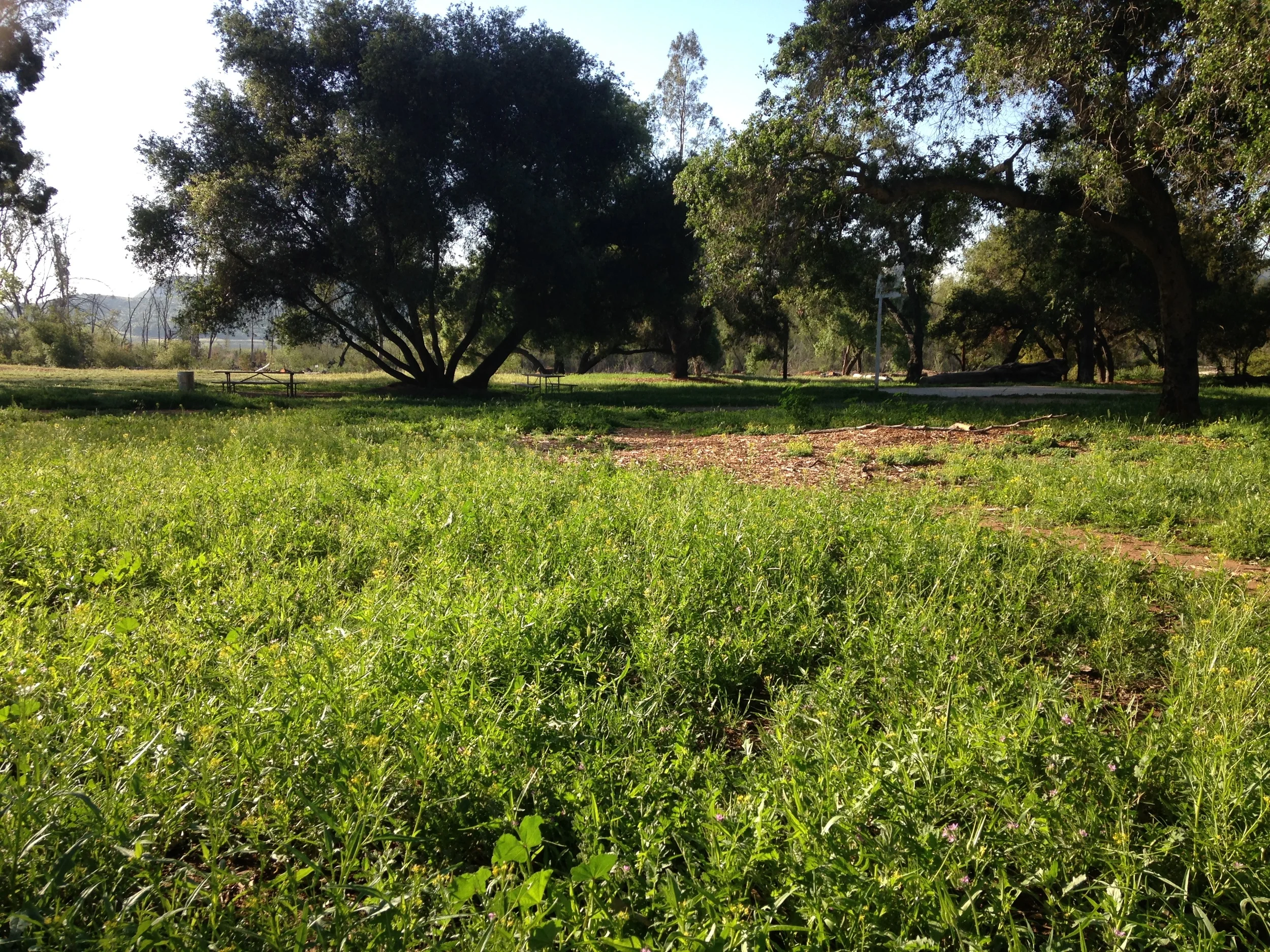Prior to the 2007 Witch Fire, Lake Hodges is believed to have supported the largest population of California Gnatcatcher in San Diego County. In 2014, the biologists detected 12 pairs of gnatcatchers on Bernardo Mountain. The general distribution of territories was similar to the results of a 2008 study which identified the survivors of the Witch Fire. Eleven of 12 pairs were utilizing burned areas that received some level of restoration work by SDRP after the fire. Six of the pairs had more than half their territories located within the SDRP restorations sites.
Unfortunately, the results of the study demonstrate the dire outlook for the survival of Coastal Cactus Wren at Lake Hodges. Only 3 pairs of cactus wren were observed and apparently Bernardo Mountain contains the only population remaining at Lake Hodges. Cactus wren require mature cactus patches, which is reasonable considering they must contend with predators like the Greater Roadrunner and Coopers Hawk. The cactus planted in the 2008 post fire restoration work is not yet tall enough to provide nesting habitat and will not be for 2-4 more years. The cactus wren may be utilizing the restorations sites for foraging. For the current survey, only one nest was found to definitely contain young.
Cactus wren populations are fragile and the bird does not seem to like to travel very far. It is likely that the Bernardo Mountain population may be confined to Lake Hodges. The fate of this song bird, which has lived in the vicinity of what is now Lake Hodges for thousands of years, is up to three remaining pair of cactus wren.
There are cactus wren in San Pasqual Valley, near Safari Park, but connecting the populations is a project that has significant obstacles, including Interstate 15, and if started today, would take 8-10 years before the cactus provided adequate habitat. Although difficult, making the connections to other occupied habitat is ultimately needed for the long term survival of the Bernardo Mountain population.
SDRP will continue to restore habitat on Bernardo Mountain and encourage Park partners to devote time and energy in solving the cactus wren dilemma.
The first SDRP restoration project for these rare song birds began in 2004 and SDRP annually implements a restoration project on Bernardo Mountain. The Park also looks for opportunities for outside funding and partnerships.
In 2014, SDRP worked with the Institute of Conservation Research (ICR) to plant 1,000 cactus on Bernardo Mountain to help create more cactus scrub habitat in areas that SDRP identified as important. In addition to cacti, ICR is helping the wildlife at Lake Hodges by installing coastal sage scrub plants, mostly in the Bernardo Bay area.
In 2015, SDRP will enhance the current effort to save cactus wren and gnatcatchers, by implementing a 4-year project funded by a Natural Resources Conservation Service grant. The project will help to convert weedy areas into wildlife habitat.
Overall, the restoration projects will help most animals that require coastal sage scrub habitat, including the resident song birds, but cactus grows slow and the clock is ticking for the Coastal cactus wren of Bernardo Mountain.
If you want to volunteer or contribute to the Coastal Cactus Wren Fund please visit www.sdrp.org or call (858) 674-2275.
Main photo of the Female Coastal Cactus Wren, Bernardo Mountain 2014. Photo Courtesy of Ken Weaver.






